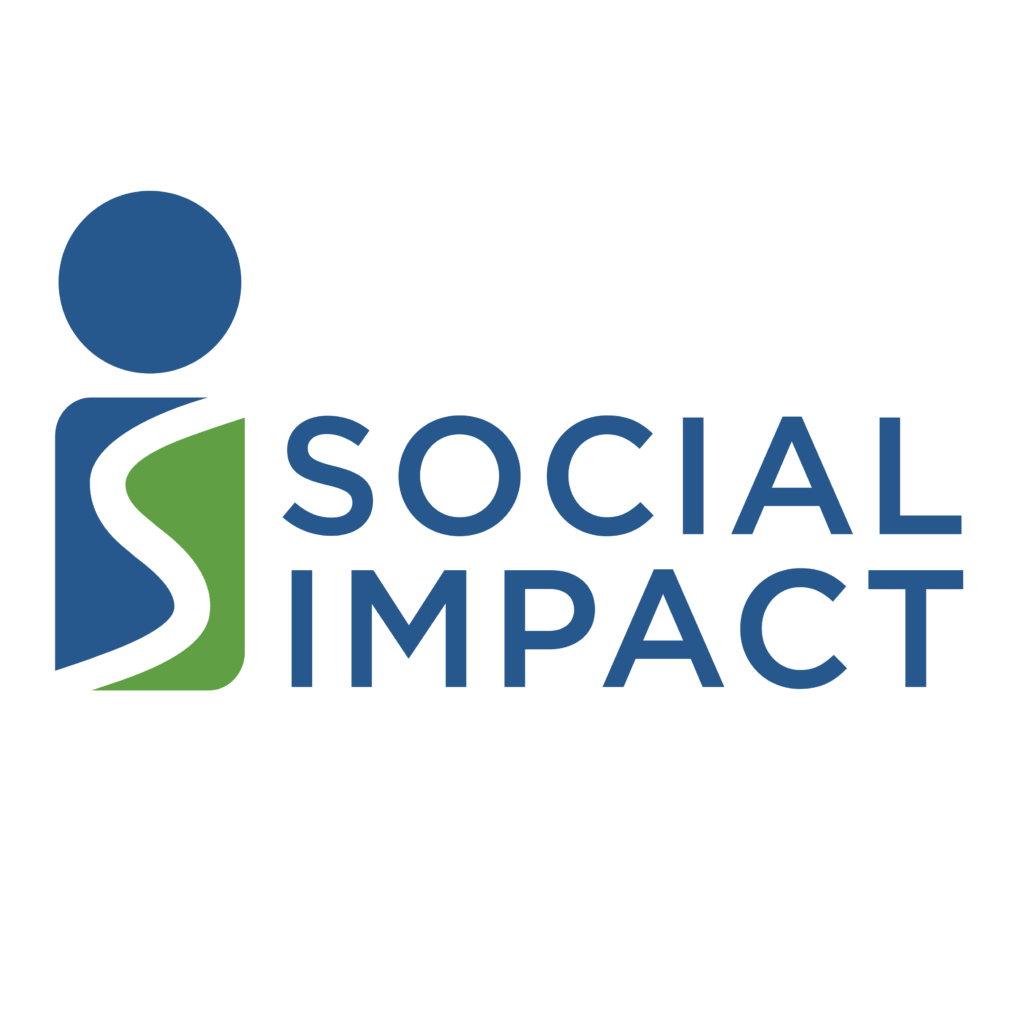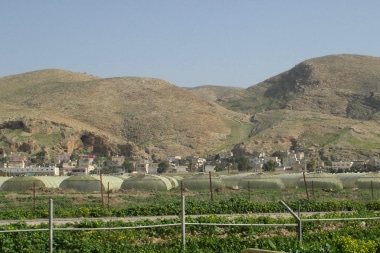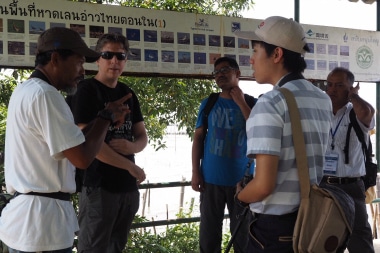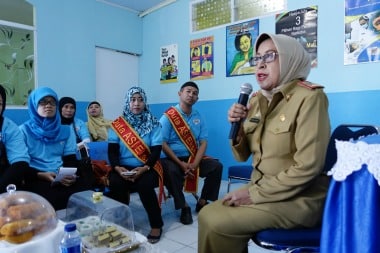SI’s research and analysis services leverage the power of AI to answer critical questions for clients in order to improve program design, management, and effectiveness.
Approaches such as assessments, survey research, and data science are often used to inform program design, helping to identify target groups, priority needs, and intervention approaches. However, along with analyses of gender and social inclusion, political economy, and cost-benefit, these tools can also stand alone or support evaluations in assessing activity results and informing programming decisions. Whether used for program design, management, or evaluation, our research and analysis is driven by tailored, focused questions to support evidence-based decision making.
SI has decades of experience leading development-focused research and analysis to help clients make programming decisions, whether in design, implementation, or evaluation. From employing machine learning to develop a streamlined poverty measurement tool, to calculating stove use with sensors in Mongolia, to using randomized response to measure illicit behavior among at-risk youth, SI uses innovation to derive value, quality and efficiency for clients. We have surveyed hundreds of thousands of individuals, in nearly all contexts, including households, businesses, schools, and health centers, with in-house capacity for electronic data collection programming. Our work leverages high quality quantitative and qualitative approaches, recognizing the important value and complementarities each brings.
Our Research and Analysis leverage innovation and efficiency to provide clients with rigorous evidence for decision-making. For example, Social Impact collaborated with a major client to use machine learning methods to develop a risk screen to more accurately target violence-prevention programs for at-risk youth. The resulting risk screen takes less than ten minutes to administer, requires no special expertise to score, is more accurate than risk screens previously used, and is publicly available. We supported a different client to apply machine learning techniques to identify a short list of questions that are highly predictive of poverty. Using these techniques allowed SI to drastically reduce the time required to collect data, which in turn reduced overall costs and the time burden on survey respondents.











